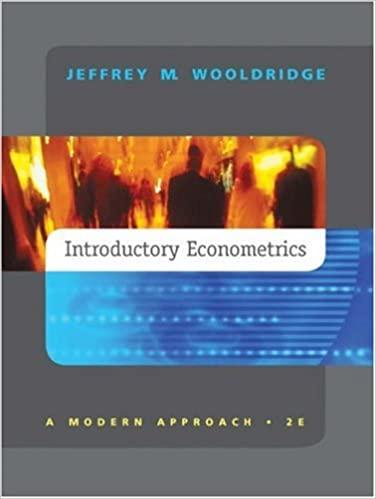Question
A hypothetical university in Illinois, in the middle of corn fields, has a policy that education should be free for all and that students shouldn't
A hypothetical university in Illinois, in the middle of corn fields, has a policy that education should be free for all and that students shouldn't have to take loans. The prerequisite for getting in the university is that students sign a contract stating that they can't take loans. State of Illinois, welcomes this policy and agrees to help each student with $200 scholarship every week. In addition to this scholarship, students also receive a credit amounting to 50% of their labor income from university if they work up to 20 hours in a week. All jobs available at the university offer a wage rate of $20 per hour. However, the university also believes that working more than 20 hours in a week adversely affects student's educational attainment and thus taxes labor earnings at 50% beyond 20 hours of work. Consider a student at this university with a utility function given by U(C, L) = [(C 200)(L 20) + 1, 000] and the student has a total of 100 hours in a week to allocate to work and leisure. The remaining time is allocated to sleep, classes and assignments.
- How many hours will this student choose to work while in college? Provide a step by step solution.
- If the policy only involved free tuition and a scholarship of $200 (no tax or credit on labor income), how many hours will this student choose to work?
- In which case is the student better-off? Part (a) or part (b)?
Step by Step Solution
There are 3 Steps involved in it
Step: 1

Get Instant Access to Expert-Tailored Solutions
See step-by-step solutions with expert insights and AI powered tools for academic success
Step: 2

Step: 3

Ace Your Homework with AI
Get the answers you need in no time with our AI-driven, step-by-step assistance
Get Started


